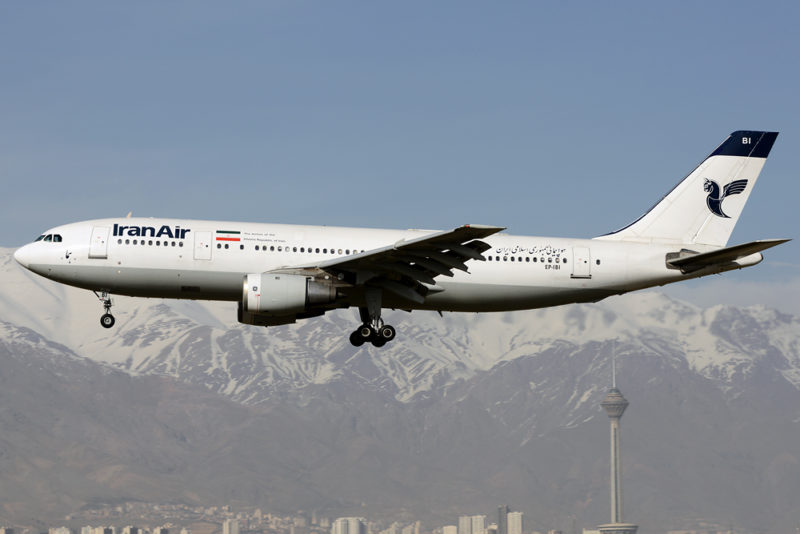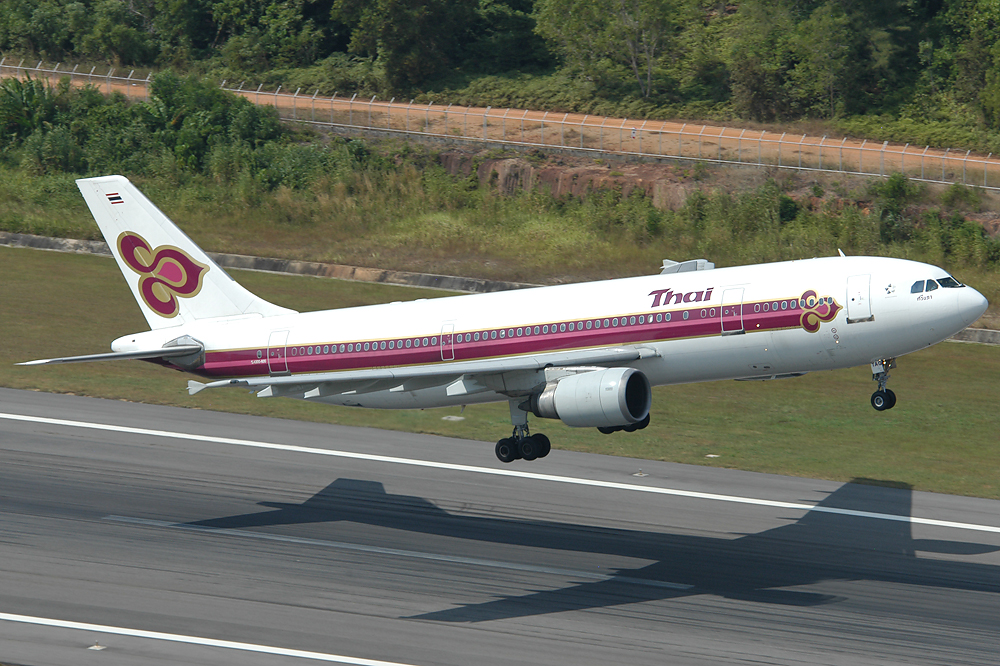After World War 2, the USA dominated the production of civil airliners, with the unassailable dual advantage of a huge domestic market and an industrial infrastructure untouched by the war, while much of the rest of the world’s manufacturing capacity lay in ruins, especially on the other side of the Atlantic.
Nonetheless, the 1950s saw a leap forward in aviation technology, including in Europe where the first jetliners flew – in order, the de Havilland Comet (Britain, 1949), the Sud Aviation Caravelle (France, 1955) and the Tupolev Tu-104 (USSR, 1955). It was the Boeing 707, which first flew in December 1957 and entered service with Pan Am in October 1958, that decisively won the first round of the jet age for the USA. Although some early European jetliner projects were reasonable sales successes, especially short haul twin-jets such as the BAC-111 (244 built) and Caravelle (282), the experience of Hawker Siddeley with the Trident (117, mostly to state-owned BEA) and Vickers with the VC-10 (54, mostly to BOAC) in the UK, and Dassault Aviation with their 737-alike Mercure (11 including the prototype, all to Air Inter) in France was more representative.
These aircraft were engineering triumphs, with the Trident pioneering the three-engine configuration that powered Boeing’s 727 to an early jet age sales record of 1,832, and the four-engine long haul VC-10 was more popular with passengers and pilots than the 707; but a lack of commercial focus led to financial disaster, usually due to catering exclusively to the needs of small home markets at the cost of sales abroad.
By the mid 1960s in Europe, every manufacturer was working on a widebody peoplemover: Hawker Siddeley’s Hs.132 and Hs. 134; the British Aircraft Corporation’s BAC-311; Breguet’s Br124 (a double decker powered by four Rolls-Royce Speys); Nord Aviation’s N600 (also two decks and four Speys); Sud Aviation’s Galion; and yet another double decker at Avions Marcel Dassault.
A high-level meeting between government ministers of France, West Germany and Britain in July 1967 resulted in an agreement for greater European cooperation in the field of aviation technology making full use of the benefits of the European Economic Community, also known as the Common Market, and specifically, to build a widebody twin airliner, and be commercially successful. This was the first time the word “airbus” was used, at that point still a generic aviation term for a larger commercial aircraft. The word took hold because it was linguistically appropriate to all parties, including the French.
The new project was headed by general manager Henri Ziegler and technical director Roger Beteille, both of Sud Aviation; German politician Franz Josef Strauss was appointed chairman of the supervisory board. France would build the cockpit, wing box and control systems; Germany would build the upper fuselage; and Britain would build the wing.
The lessons of Europe’s poor sales record were being learned. Beteille had to turn his back on his native tongue and culture by insisting that the working language of the new collaboration would be English, and metric would not be used, as even in metric-compatible countries such as in continental Europe, US aircraft dominated, running on feet, pounds and knots.
The new airframer was officially incorporated on July 25, 1967, in an agreement between the governments of France, West Germany and the United Kingdom. With concerns about the viability of the project however, the UK withdrew from the project on April 10, 1969, although France and West Germany wanted the Hawker Siddeley wing, so Hawker Siddeley borrowed £35m to continue as a subcontractor while France and West Germany’s ownership share of the consortium went from a third to half each (later to 47.9% each as Spain’s CASA took a 4.2% share).
The aircraft was called the A300 for the target was 300 passengers, although the final design was a slight shrink on the original paper plane, and 270 was more likely except in the highest density layout.
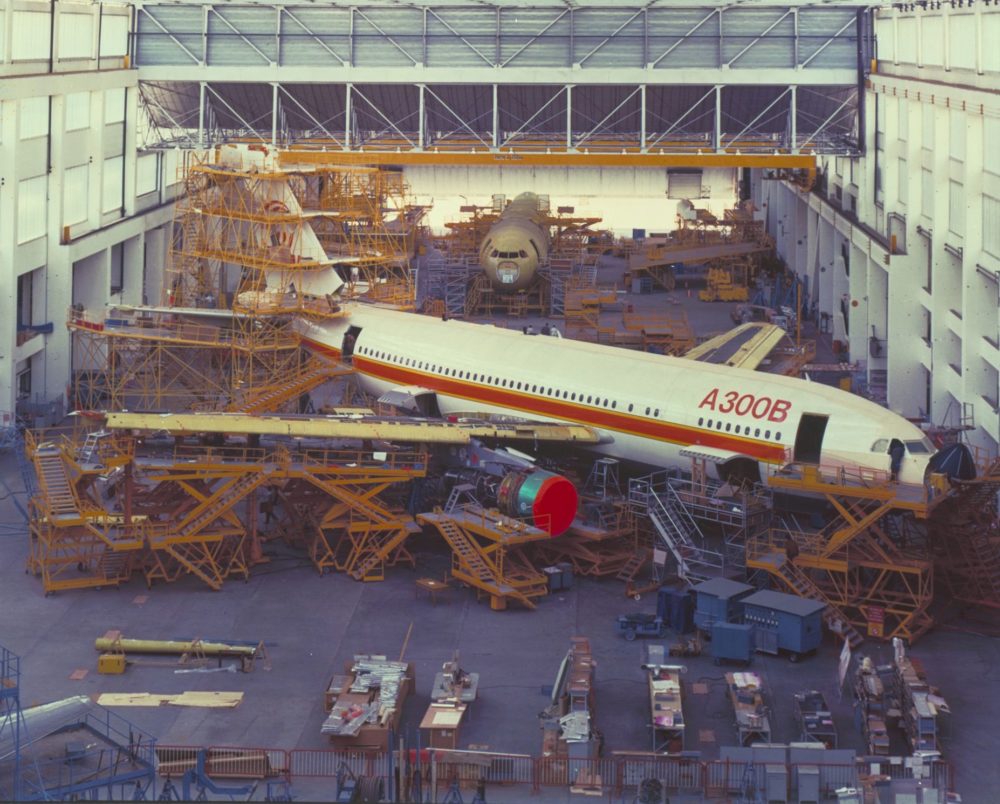
A deliberate emphasis was placed from the very start on incorporating the very latest technology. A widebody twin was revolutionary in itself. In addition, the new bird was the first airliner to use carbon fibre instead of metal, initially in the leading edge of the vertical stabiliser and the nose cone. The rear-loaded wing was a very advanced design, as was the high tech avionics which included autothrottles for every stage of flight including landing, and windshear protection. That said, the A300 was being created only twelve years after the first transatlantic passenger jet flights, so some traditional elements couldn’t be avoided, including a full scale design mock up made of wood.
Air France fired the starting pistol on September 3, 1970 by ordering six A300s, followed by Lufthansa for three aircraft and four options. The first flight took place out of the new consortium’s headquarters at Toulouse on October 28, 1972 with Max Fischl in command and Bernard Ziegler in the right seat.
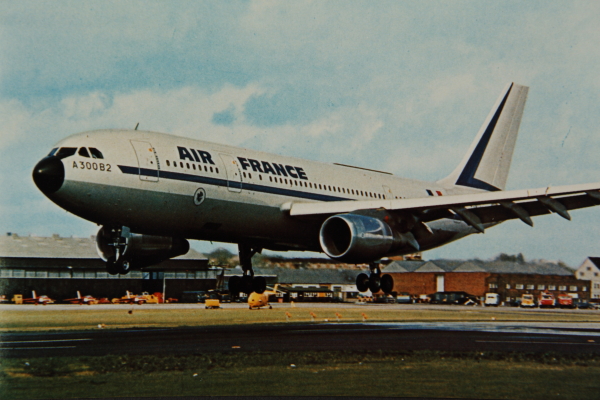
The spectre of commercial failure that haunted the civil aerospace industry in Europe pushed Airbus to make aggressive moves to find customers for their new machine. In an ambitious move, the prototype left Toulouse on September 15, 1973 and flew to the Sao Paolo airshow in Brazil, followed by stops in Rio, Brasilia, Caracas, Port Of Spain, Kingston, Mexico City, Miami, Chiago, Cinncinati, Saint Louis, Boston, New York JFK, Washington Dulles, Boston and Montreal. It was almost fortuitous that an engine failed after takeoff at Mexico City, one of the world’s most notorious “hot and high” airports, where performance is degraded by atmospheric conditions. The occurance provided a vivid demonstration that a widebody twin could climb safely away on a single engine even at the most demanding airports, and that Airbus could respond quickly to get a stranded bird back in the air fast – which they did. Other than that incident, the A300 performed perfectly; the return to Toulouse on October 18 was via Gander, London and Paris.
Another sales tour took the prototype to Bombay and Delhi, departing France on October 31 with stops en route at Amsterdam, Athens, Belgrade, Damascus and Tehran. A sales trip to southern Africa was used to perform further “hot and high” trials at Windhoek (Namibia) and Kinshasa (today’s Democratic Republic of Congo, then known as Zaïre).
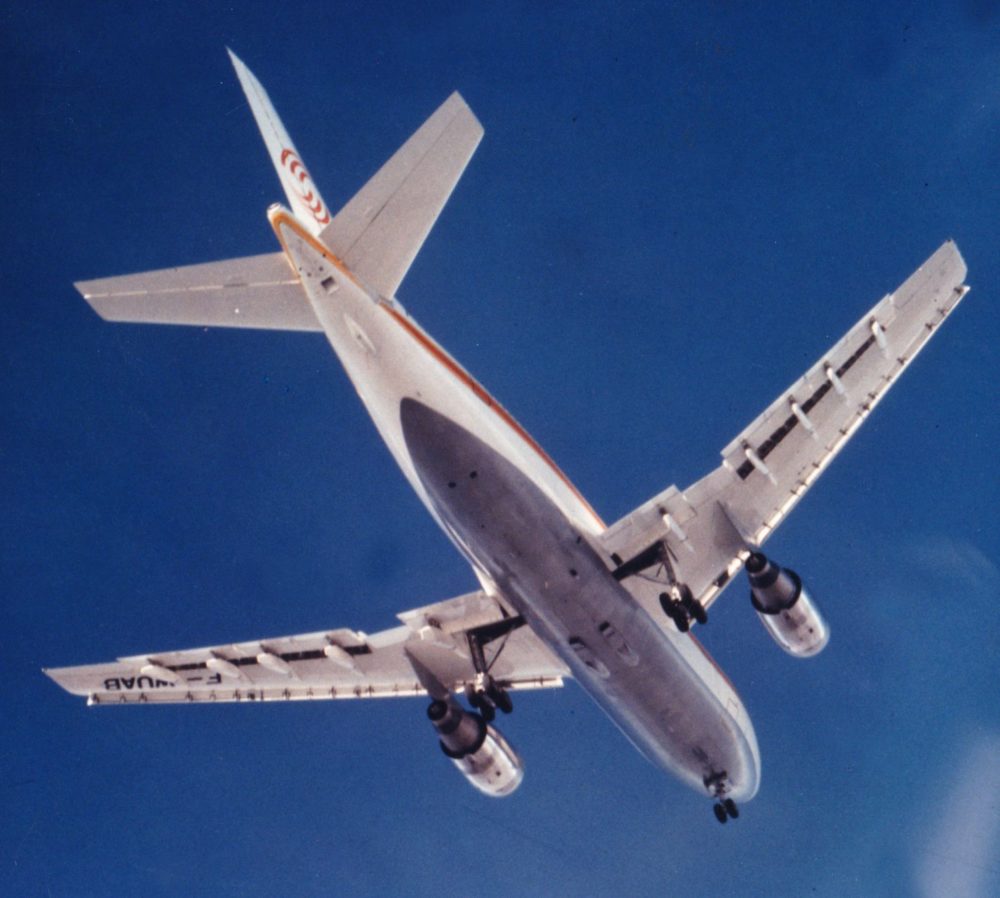
On March 15, 1974, the A300 was certified in Europe after 1,585 hours of test flying (1,205 hours for development and certification, and 380 hours for route proving, training and sales and demonstration flying). The FAA followed on May 30.
The first revenue flights of an A300 and indeed any Airbus took place when Air France flew two round trips from Paris to London Heathrow on May 23, 1974; with the delivery of their second and third machines, Nice, Dusseldorf and Milan followed. The second operator was Trans European Airways in Belgium, who received the A300B1 prototype, the only B1 to enter service. Korean Air Lines (today Koreanair) were the first non-European customer. Air Siam flew two aircraft on from their base at Bangkok to the likes of Singapore, Jakarta and Hong Kong.
1975 saw some orders continue to come in at a snail’s pace. Henri Ziegler himself went to India to secure an order from Indian Airlines; he had been born in India and was able to produce a photograph of himself as a boy with Gandhi. Three orders and three options were signed and the planes were well suited to heavily-patronised domestic trips within India. Interestingly, unlike in the western hemisphere, most of Asia had no rules about how far twin-engined transports could fly from land, so early A300s made overwater hops across the Arabian Sea to the Persian Gulf and out over the Bay Of Bengal long before ETOPS-regulated twins began plying the North Atlantic a decade later.
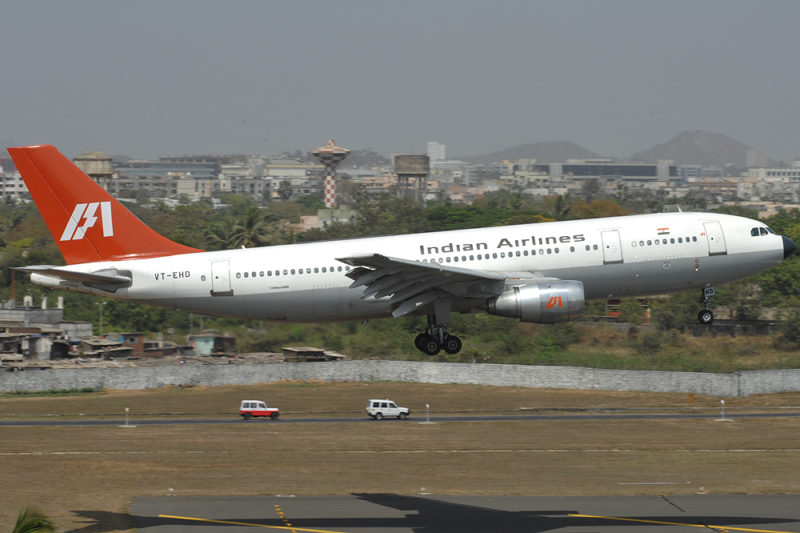
December 1975 marked the beginning of an eighteen month drought were Airbus did not sell a single aeroplane. A focus on Asia finally resulted in a sale to Thai Airways for two aircraft but when an anticipated order from US major Western Airlines did not materialise, the Airbus sales team resorted to desperate measures.
Bernard Lathiere, who took over from Henri Ziegler in 1976, persuaded ex-astronaut Frank Borman, CEO of US domestic monolith Eastern Airlines (at the time the world’s largest airline outside the Soviet Union), to take four unsold A300s currently sitting in Toulouse for a four month trial period at no cost to the airline. The aircraft were adorned with Eastern’s rakish two-tone blue hockey stick cheatline and delivered in late 1977, entering service on December 13, mostly up and down the eastern seaboard between the densely-populated northeast (New York, Boston, Philadelphia) and Florida (Miami, Orlando, Fort Lauderdale, Tampa).
At the end of the trial period, the verdict was in – the A300 was a perfect fit for Eastern, burning less than two-thirds as much fuel as a Lockheed L1011 Tristar, and the comfortable 2-4-2 seating was popular with passengers. On April 6, 1978, Borman bought the four already in operation, plus nineteen more to make an initial order of twenty-three, with an additional eleven later added to make a fleet of thirty-four.
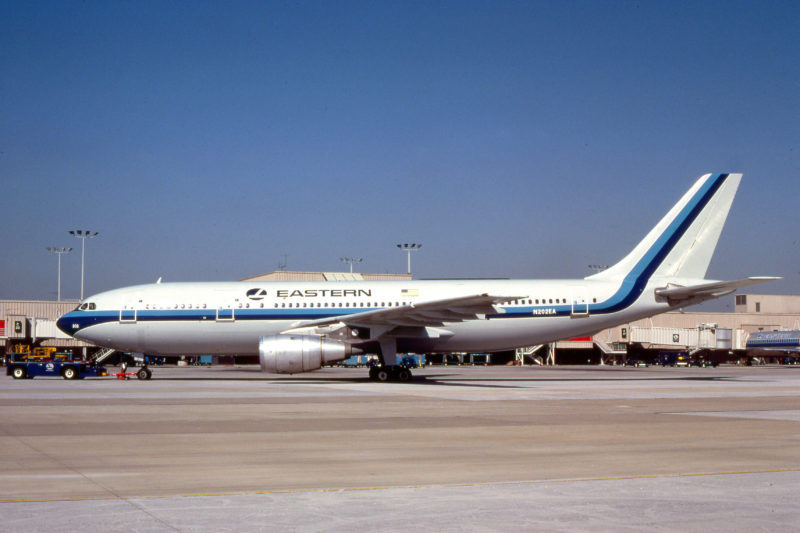
With the Airbus project now showing signs of becoming a real success, Britain wanted to be let back in to the consortium as a full member. France and West Germany insisted that a British airline buy A300s as part of the reunion, and so low-cost pioneer Laker Airways stepped up to buy ten aircraft; the deal for Britain to take a 20% share (reducing West Germany and France to 37.9% each, with Spain still retaining its 4.2% share) was struck on November 28 and implented on January 1, 1979. The Laker purchase was finalised on April 10, 1979.
With the economics of the widebody twin now firmly established, Airbus found widespread acceptance and the orders began rolling in. A300s became a familiar sight at airports around the world, most notably in Asia where large fleets were operated by Philippines, Thai International, Malaysia Airlines, Japan Air System (previously known as Toa Domestic, or TDA), Garuda Indonesia, Trans Australia Airways, Pakistan International and China Air Lines of Taiwan.
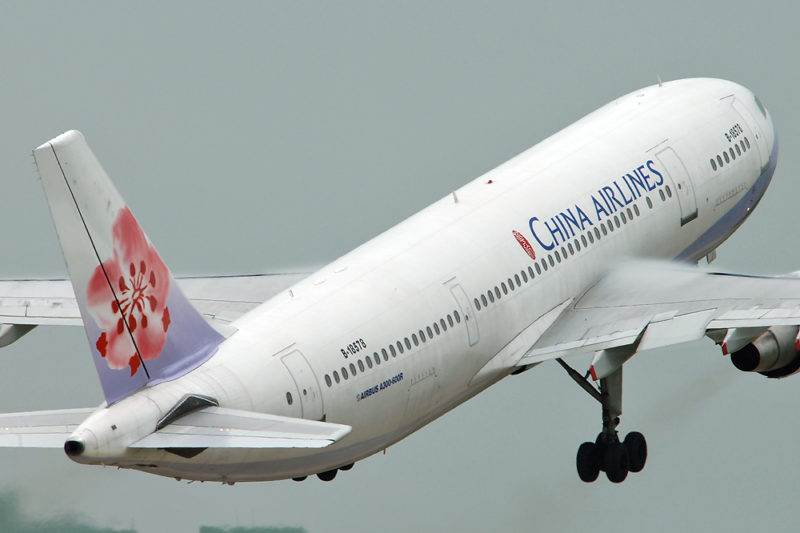
Pan Am became the second customer in the USA with an order for thirteen – in hindsight the airline was already well established on a death spiral that ended with bankruptcy in 1991, but at the time was still a blue-chip customer and represented a significant milestone in acceptance for Airbus in the airline world. “It's an important win for Airbus,” Robert Kugel, an analyst with Morgan Stanley told the New York Times when the order was signed on September 13, 1984. “It says conclusively that they will be a serious competitor in the future along with Boeing and McDonnell Douglas.”
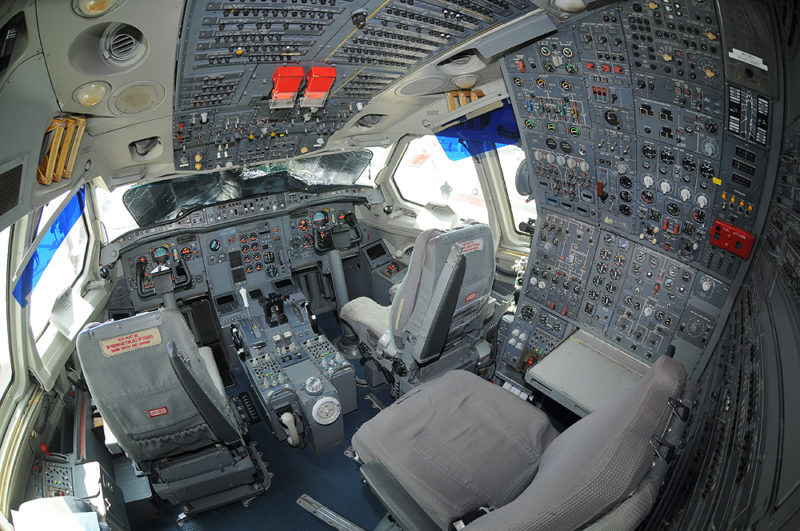
The possibilty of refinements was realised with the A300B4-600, later designated the A300-600. The slightly different tail and empennage of the A310 was used (adding only a couple of inches to the overall length but a significant amount of extra useable interior space), a refined wing including the simplication of the trailing edge Fowler flaps and a recambering of the rest of the trailing edge, the addition of a small wingtip fence, the deletion of the outboard aileron, a new APU, and uprated engines from both Pratt & Whitney (PW4000) and General Electric (CF6-80).
The A300-600 first flew on July 8, 1983 and received its type certificate from the French and German authorities on March 9, 1984. The first deliveries were Pratt & Whitney-powered to Saudia and Kuwait Airways, both in June. The first General Electric-powered plane went to Thai International in September 1985.

A long-range variant with an extra fuel tank in the horizontal stabiliser, adding an extra 6,150 litres (1,620 gallons) to the total fuel capacity, was dubbed the A300-600R for Range and kicked off with a huge order by American Airlines who bought thirty-five, mostly to serve high-density markets in the Caribbean and Central America. Although the -600R had greater range than the B4, it was still not truly intercontinental. American did use their A300s on shorter transatlantic trips such as New York to London (Lufthansa also flew Frankfurt to Boston) albeit with payload penalties. The American Airlines flights to London were mostly to preserve use-it-or-lose-it slots at Heathrow until more Boeing 777s could come online, restricted on the westbound leg to 101 passengers in summer.
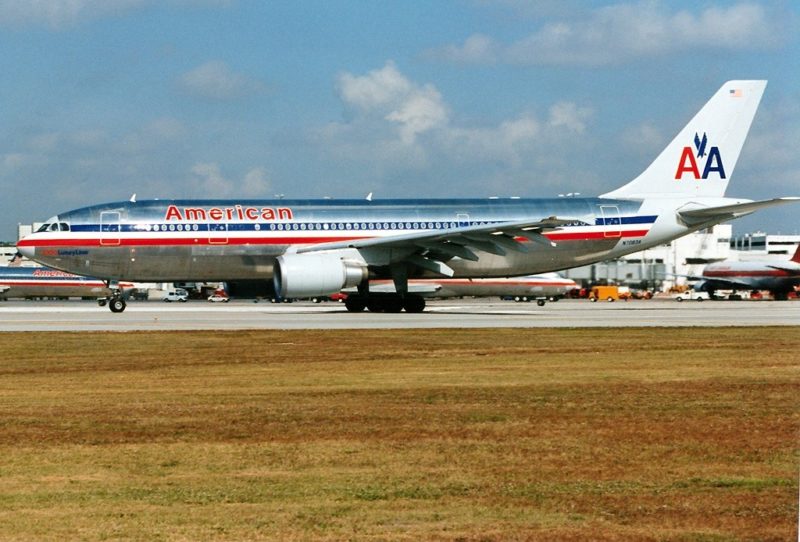
Monarch Airlines in the UK became an enthusiastic operator of the A300-600R, flying their four machines from early 1990 until April 2014, mostly to European sunspots in summer, ski resorts in winter, with some long haul trips such as Goa (usually via Bahrein to pick up fuel), Mombassa (via Athens) and Florida (via Gander).
The A300-600F was developed at the initiation of parcel mover FedEx with an order for thirty-five, and ninety for UPS (United Parcel Service), later reduced to fifty-three. Daimler-Benz Aerospace, later known as DaimlerChrysler, created a conversion programme for older passenger aircraft which included the retrofitting of the -600F’s large main deck cargo door, the replacement of passenger door 2L and 2R with a blank shell panel, reinforcement of the main deck floor, and enhanced smoke detection and suppression systems. The first converted A300B4 was delivered to Channel Express in July 1997.
Although the components of the first A300 were entirely delivered from their subcontractors around Europe to the final assembly line in Toulouse entirely by surface transport – road, rail and sea – the advantages of moving key sections by air was quickly apparent and it was as early as 1974 that Airbus acquired its first Aero Spacelines Super Guppy and built up to an eventful fleet of four. These unique machines, based on the Boeing C-97J Turbo Stratocruiser but with a vastly expanded upper fuselage, were built to transport oversized parts of the rockets in the US manned spaceflight programme, and were appropriated by Airbus from the mid-1970s to fly completed sub-assemblies such as fuselage barrels from Germany, and wing sets from Wales. This was satisfactory for a couple of decades but by the end of the 1980s the huge Airbus empire needed more carrying capacity.
Airbus considered a number of options, such as an Airbus A340 with the payload attached to the outside of the fuselage, or adapting a Boeing 747 or Ilyushin Il-86. Boeing even submitted a proposal based on the 767. In the end it was decided that the best solution was an in-house adaption of the A300-600R, to be known as the A300-600ST Super Transporter, or Beluga for short.
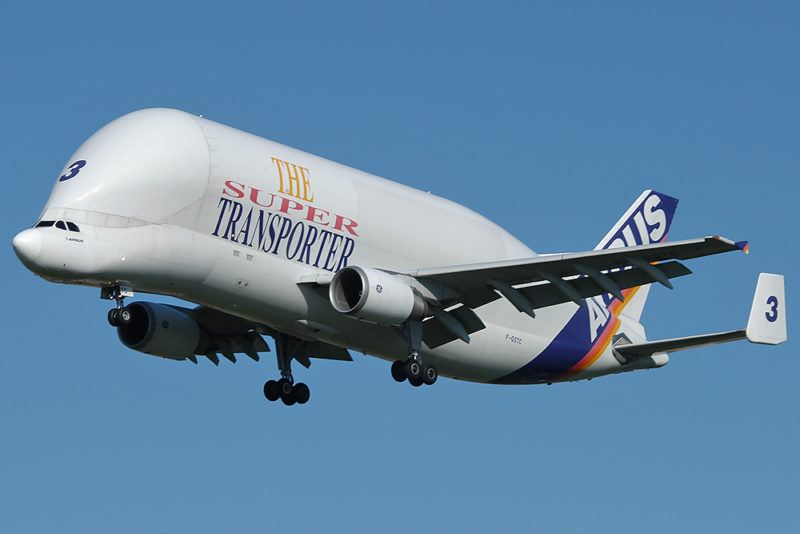
The project was established as a joint venture between Aerospatiale and Deutsche Airbus (now DaimlerChrysler). The finished aircraft has an 80% airframe commonality with a regular A300-600R, including the wings, General Electric engines, landing gear, lower fuselage and pressurised flight deck, and 90% systems commonality. The added weight and size of the Beluga required the use of the larger A340 rear fuselage and empennage, with vertical fins added to the ends of the horizontal stabilisers to counter the side force of up to 30 knot crosswinds on the huge fuselage.
The Beluga can carry the forward fuselage of an A330, measuring 5.6m (18’4”) by 25m (82ft) or a complete set of wings which weight 42t. The Beluga is significantly faster than the Super Guppy, and can be loaded and unloaded twice as fast, reducing the time it takes to transport a complete Airbus airliner from 45 hours to 19 hours, which means one Beluga represents the equivalent of 2.3 Super Guppies.
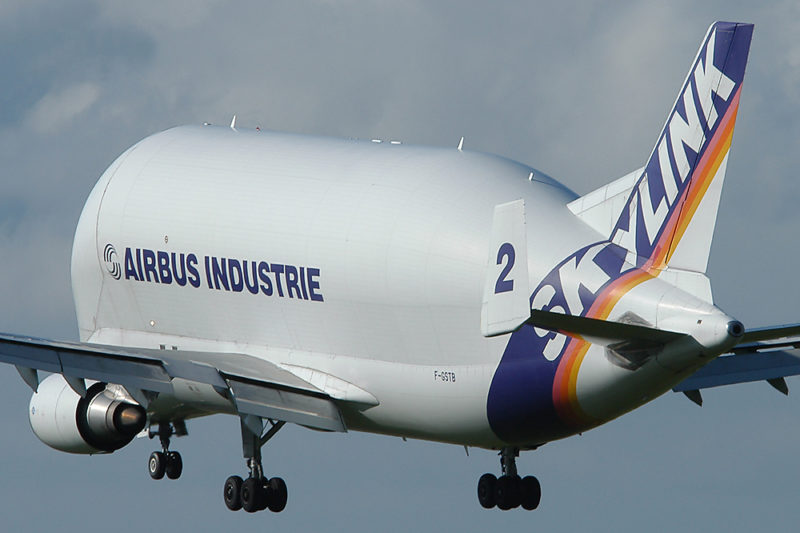
The first Beluga was assembled in sixteen months and the first example took to the air on September 13, 1994 for a maiden flight of four hours and twenty-one minutes. After 400 hours of test flying, the A300-600ST was certified on September 25, 1995 and introduced to service in January 1996. The next three Belugas were delivered at a rate of one a year: March 1996, May 1997, June 1998, followed by a fifth machine in January 2001. The Belugas are now being augmented by new Beluga XL aircraft based on the A330.
The last A300 to be manufactured was an A300-600F and was the 554th A300 built. It performed its first test flight out of Toulouse on April 18, 2007 and was handed over to FedEx on July 12.
By the second decade of the twenty-first century, the A330-200 which matched the A300’s capacity but with true intercontinental range, and the stretched -300 which was more of a transcon people mover (although more recently range increases have been achieved) meant the A300 was no longer at the forefront of efficiency. One by one, passenger airlines began retiring their fleets, either to be scrapped or converted to freighters. The last operators were China Eastern on domestic trunk routes out of Shanghai, Thai Airways on domestic runs out of Bangkok to the beaches, and Kuwait Airways.
That only leaves just Iran, where, due to sanctions banning the sale of new aircraft, old A300s including classic B2s and B4s soldier on with Iran Air, Mahan Air and Meraj Air (previously Saha Air). The A300 flies on with freight operators including FedEx and UPS whose youngest A300s are only just coming up to their tenth birthdays, as well as European Air Transport who have a fleet of twenty-one aircraft currently in the livery of TNT, a number of Turkish operators (MNG Airlines, MyCargo, Onur Air), Sudan Airways, Egyptair and Air Hong Kong. Airbus have announced a support package for the type which is guaranteed up to 2025, which means the A300 will easily fly for half a century or even more. The 1960s dreams of a commercially successful European airliner project, and pan-European industrial cooperation had been realised.
